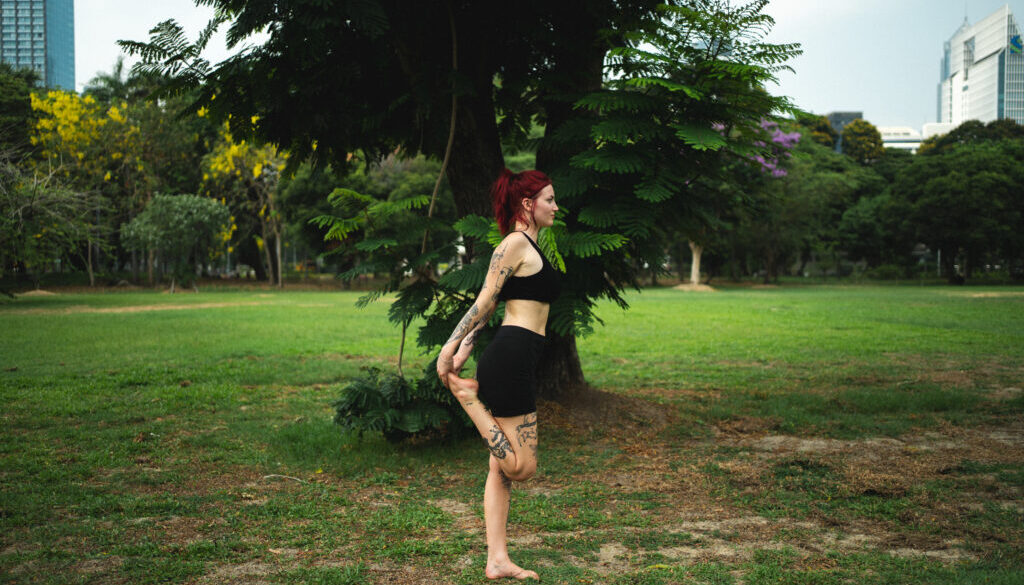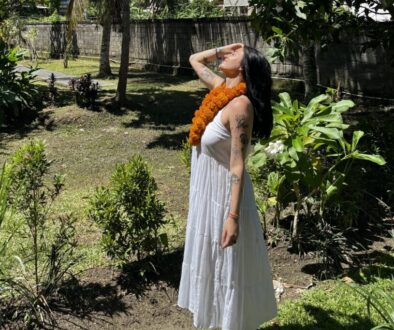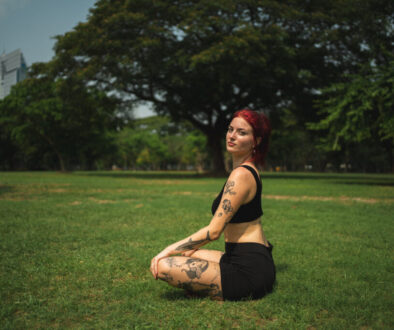Discover Your Perfect Yoga Style: A Guide for Beginners
Introduction
As a beginner, the variety of yoga styles available can make it difficult to know where to begin. Each style offers something different so whether you’re seeking relaxation, flexibility, strength or mental clarity I’ll help you find where to start. In this post, I’ll give you the basics on Vinyasa, Hatha, Ashtanga, Yin and Restorative Yoga. Hopefully, giving you a better idea of where to start your practice.
1. Vinyasa Yoga
Vinyasa is a dynamic class with lots of movement, repeated sequences, and an emphasis on breath rhythm. The principle of ‘one breath per movement’ is used in vinyasa. So, our inhales and exhales match our physical movements while we practice. This creates a continuous flow between poses. Thus, people often refer to these classes as ‘flows’ or a ‘flow class’.
Vinyasa is typically quite a fast paced class and can be physically demanding. It is good for beginners looking for a bit of a challenge and want to start at an energetic pace.
Vinyasa is best for those looking for a high energy class. It builds strength, flexibility and improves your cardio. These are great classes to do in the morning to bring energy to the body and prepare you for your day.
2. Hatha Yoga
Hatha is a foundational style and is typically a slower paced class. A reminder that slow doesn’t mean easy. In Hatha we hold postures (asanas) for a longer time period than we do in vinyasa. This style emphasizes finding the correct alignment in our asanas. There is also more of an emphasis on breathwork (pranayama) in hatha.
Hatha typically follows a gentle pace and is great for beginners. I think Hatha is a great place to start because it’s important to get a good foundational knowledge and understand correct alignment. Also, great for those looking to learn more about pranayama.
Hatha builds strength, flexibility and full body awareness. This style is great for those looking to relieve stress and cultivate more mindfulness.
3. Ashtanga Yoga
Ashtanga is a very structured and challenging style of yoga. Ashtanga follows a fixed sequence that never changes. The Ashtanga Primary Yoga Series is the name of this sequence (there is also the Half Primary Series). It requires lots of strength, flexibility and a lot of stamina.
I don’t recommend ashtanga to beginners. You need to have a great knowledge of the poses and a lot of strength. I think it’s an incredible practice but think it’s best suited for more experienced practitioners.
Ashtanga is great for those looking for a challenging practice that cultivates great discipline. Great for those who love a physical challenge.
4. Yin Yoga
Yin yoga is a slow-paced class that emphasizes deep stretching and requires you to hold poses for extended periods of time. You hold poses anywhere from 2-10 minutes, I’d say on average somewhere between 3-5 minutes. Yin focuses on relaxing and targeting the connective tissues and the joints.
Yin is very calming and can be meditative. It is accessible for beginners and a great way to increase your flexibility. However, some find it too slow or a bit boring if you are just starting your yoga journey. But, I think this is great to slow down and practice mindfulness.
Yin is overall great for stress relief, deep stretching and overall relaxation. If you enjoy meditative practices this may be a great yoga style for you. Also, great for increasing flexibility and releasing tension.
5. Restorative Yoga
Restorative Yoga is a very relaxing practice that utilizes a lot of props (ex. yoga blocks, pillows, bolsters). This style is very gentle and calming, promoting deep rest. Similar to yin, you hold poses for long periods of time but, with the aid of props (not typically used in yin).
This style is great if you are looking for a restorative and gentle practice. Very accessible for beginners especially if you are struggling with any physical injuries. If you are looking to reduce stress this may be the perfect style for you.
Restorative is amazing for those seeking mental clarity and want to have a low-impact practice that promotes healing.
Conclusion:
Play around with taking different classes and trying different styles to see what you like. These classes aren’t one size fits all and you need to find what works for you. I hope you have a better idea of the different styles of yoga and that it has helped you begin your journey. Remember that this isn’t just a physical practice but one of self-discovery so keep an open mind to trying new things!



